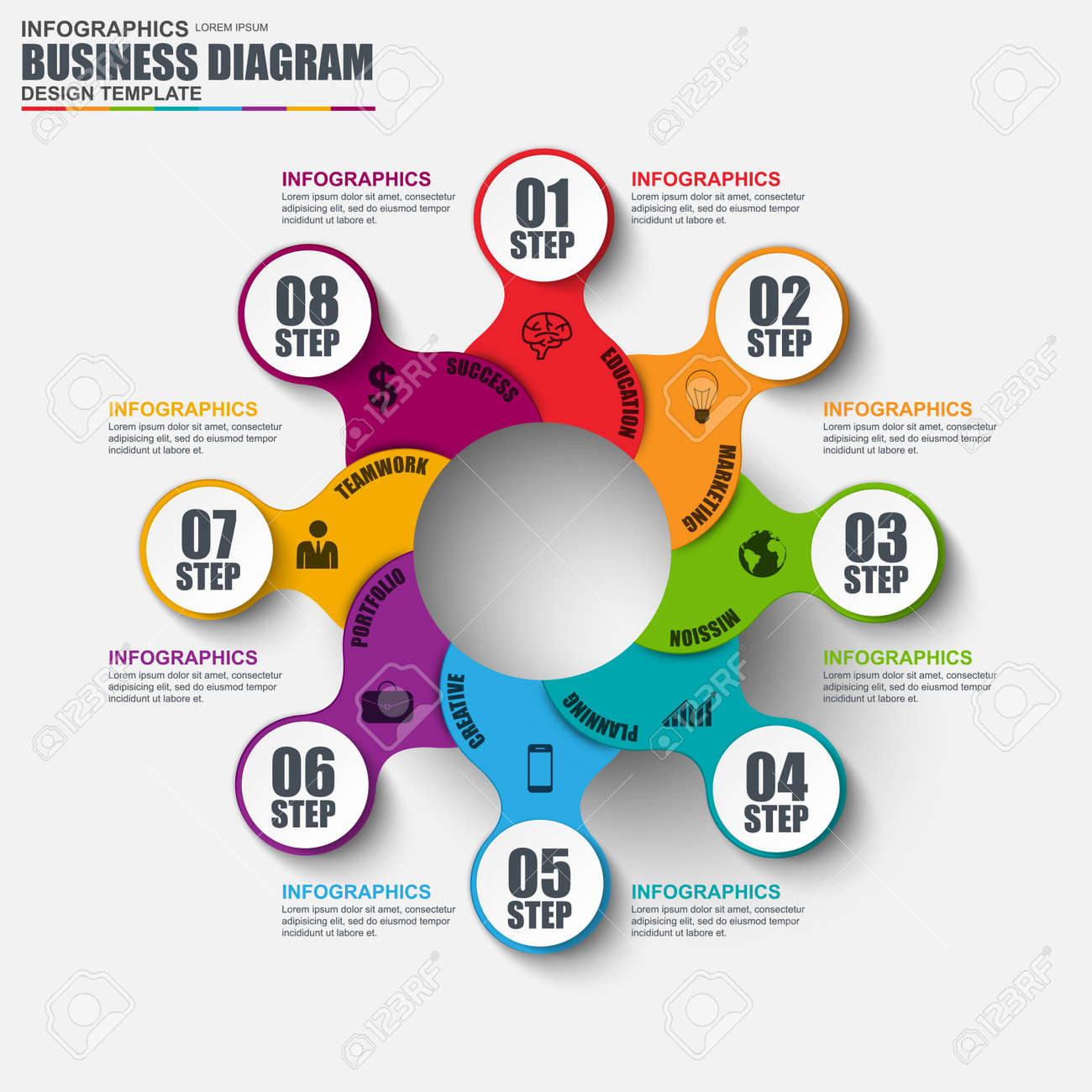The Growth Of Web Site Style: From Earlier Times To Now
The Growth Of Web Site Style: From Earlier Times To Now
Blog Article
Web Content Develop By-Pappas Hejlesen
In the past, internet sites were easy and concentrated on info. Navigation was direct, and design was for desktop computers. Now, user experience is key. Data guides designs for very easy navigation. Receptive formats fit different gadgets. Today, dark mode decreases stress, and minimal food selections boost navigation. Interactive attributes involve individuals, and strong visuals stand out. https://multichannelmerchant.com/blog/creating-the-ultimate-amazon-marketing-strategy/ enhances engagement. See exactly how layout has actually progressed to enhance your online journey.
Very Early Days of Web Design
In the very early days of web design, simplicity reigned supreme. Web sites were fundamental, with restricted colors, fonts, and designs. The focus got on providing information as opposed to flashy visuals. Customers accessed the internet through slow dial-up links, so speed and performance were essential.
Navigating menus were straightforward, generally located at the top or side of the page. Sites were developed for desktop computers, as mobile browsing had not been yet prevalent. Content was king, and developers focused on simple readability over intricate style aspects.
https://www.bizcommunity.com/Article/196/16/228790.html was the main coding language made use of, and designers had to function within its restrictions. Computer animations and interactive features were minimal compared to today's standards. Sites were fixed, with little vibrant web content or customized user experiences.
Rise of User-Focused Layout
With the evolution of web site design, a shift towards user-focused layout principles has come to be progressively noticeable. Today, creating web sites that focus on individual experience is important for involving visitors and attaining service objectives. User-focused layout involves understanding the requirements, choices, and habits of your target audience to tailor the website's design, content, and includes as necessary.
Designers now conduct comprehensive research study, such as individual studies and functionality testing, to gather understandings and comments straight from customers. This data-driven method assists in creating user-friendly navigation, clear calls-to-action, and visually appealing user interfaces that resonate with visitors. By putting the individual at the center of the style procedure, internet sites can deliver a much more customized and pleasurable experience.
Responsive layout has actually also become a crucial facet of user-focused style, making certain that sites are optimized for various tools and display dimensions. This adaptability enhances accessibility and functionality, accommodating the diverse methods users connect with internet sites today. In essence, the surge of user-focused layout signifies a change in the direction of creating digital experiences that prioritize the demands and expectations of the end user.
Modern Trends in Web Design
Check out the current patterns shaping web design today. One noticeable pattern is dark mode design, providing a smooth and modern-day look while decreasing eye stress in low-light settings. One more key trend is minimalist navigation, simplifying menus and improving customer experience by focusing on essential elements. Incorporating micro-interactions, such as animated buttons or scrolling results, can develop a more engaging and interactive internet site. Responsive layout remains vital, ensuring smooth customer experiences throughout numerous tools. Furthermore, using bold typography and asymmetrical layouts can include aesthetic passion and accentuate particular content.
Incorporating AI innovation, like chatbots for client assistance or individualized recommendations, improves user involvement and streamlines processes. Ease of access has additionally end up being a considerable pattern, with designers focusing on comprehensive style practices to cater to diverse user demands. Welcoming sustainability by maximizing web site performance for rate and performance is an additional emerging fad in website design. Working together with individual responses and data analytics to repeat and enhance design continuously is important for staying pertinent in the ever-evolving digital landscape. By embracing these modern patterns, you can develop an aesthetically enticing, easy to use website that reverberates with your audience.
Conclusion
As you assess the evolution of internet site design from the early days to now, you can see how user-focused design has actually come to be the driving force behind modern-day trends.
Welcome the journey of change and adaptation in web design, always keeping the user experience at the leading edge.
Remain current with the most up to date trends and modern technologies, and never quit advancing your technique to produce visually magnificent and straightforward sites.
Evolve, adapt, and produce - the future of website design is in your hands.
